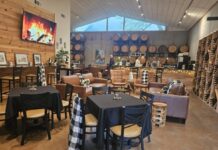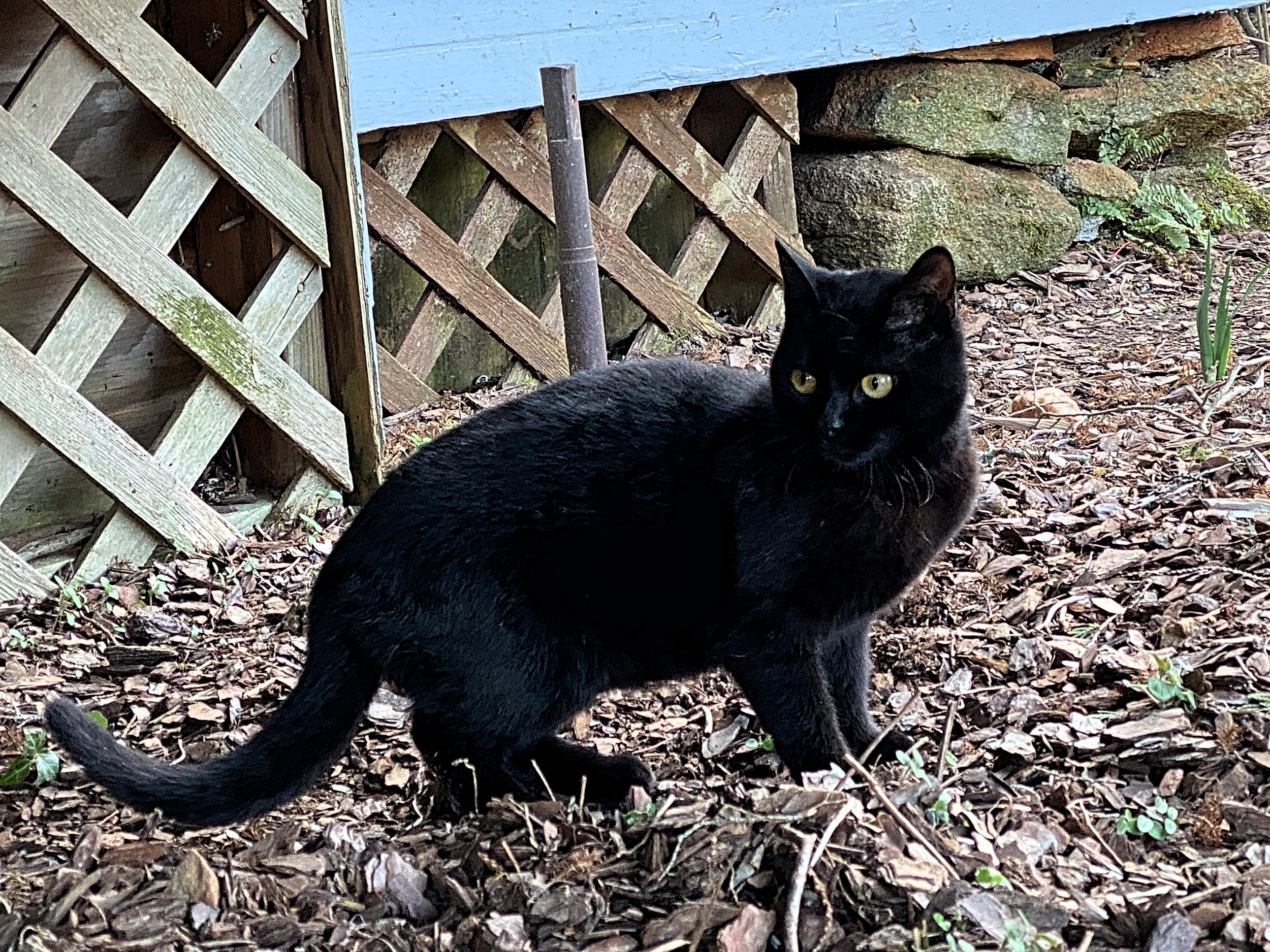
Clarkesville residents love their community, from the charming downtown to the beautiful nature of Northeast Georgia. But many may not be familiar with a handful of ‘residents’ that care for the property that houses the city’s visitor’s center: Residents who you might not see on your trip through the gardens.
The porch at the Mauldin House provides shelter for a colony of feral cats, which, in turn, provides pest control, and undeniable cuteness, to the historic home and gardens.
Trudy Crunkleton, Clarkesville’s Mainstreet Director, sees the cats every day while she’s on the job. She’s used to their casual usage of the space under the porch and sunbathing in the gardens on quiet afternoons, but, for the most part, they stay under the radar. The cats earn their keep by keeping mice away.
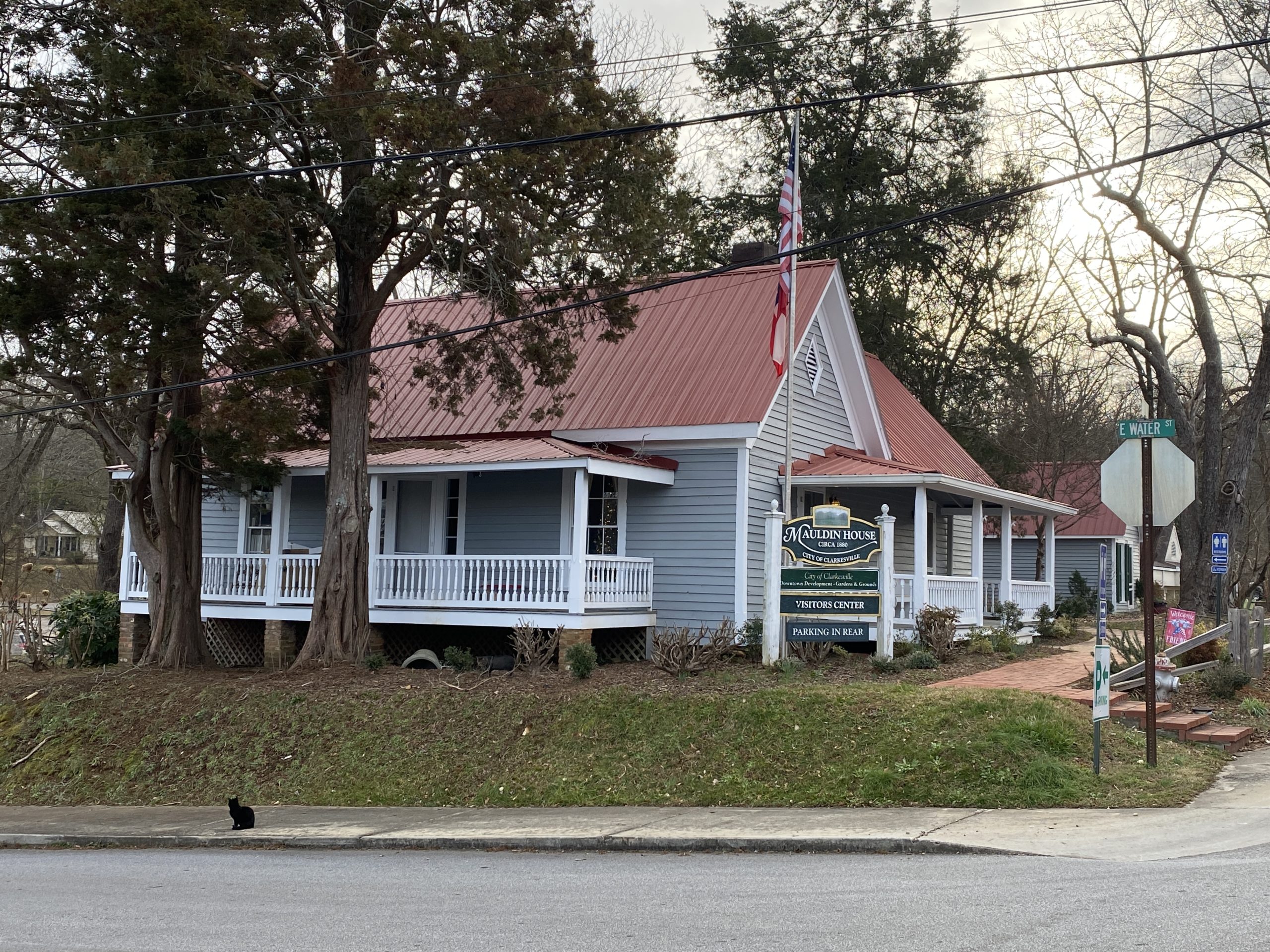
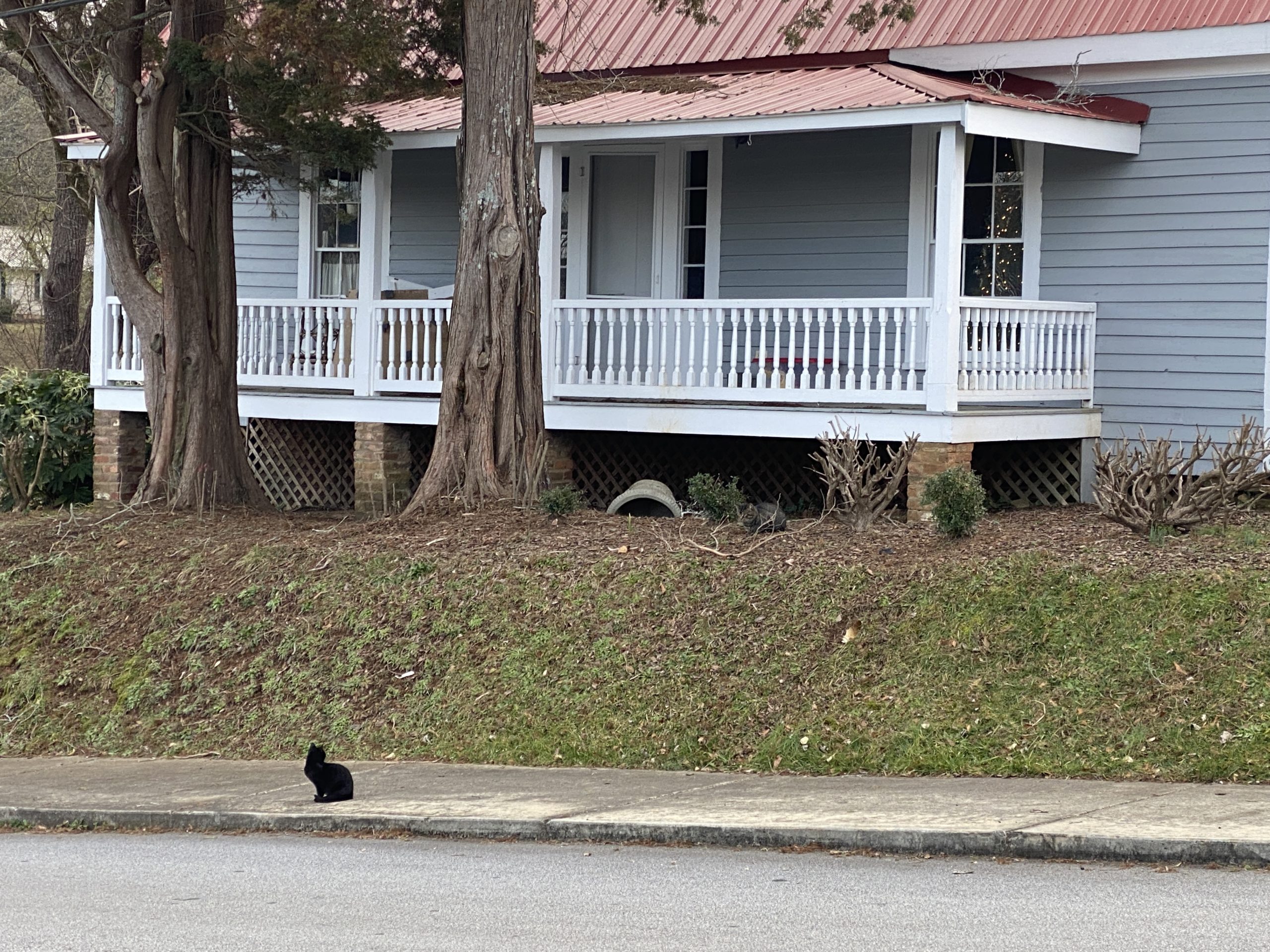
But a new cat is changing the status quo.
Outside the front door of the house, some lucky visitors may be greeted by a little black cat with a sweet face and curiosity only kittens and children seem to have. This “little friend” is one of three new kittens to the house that Crunkleton is working to help socialize so that they might be interested in humans enough to want to have a home one day.
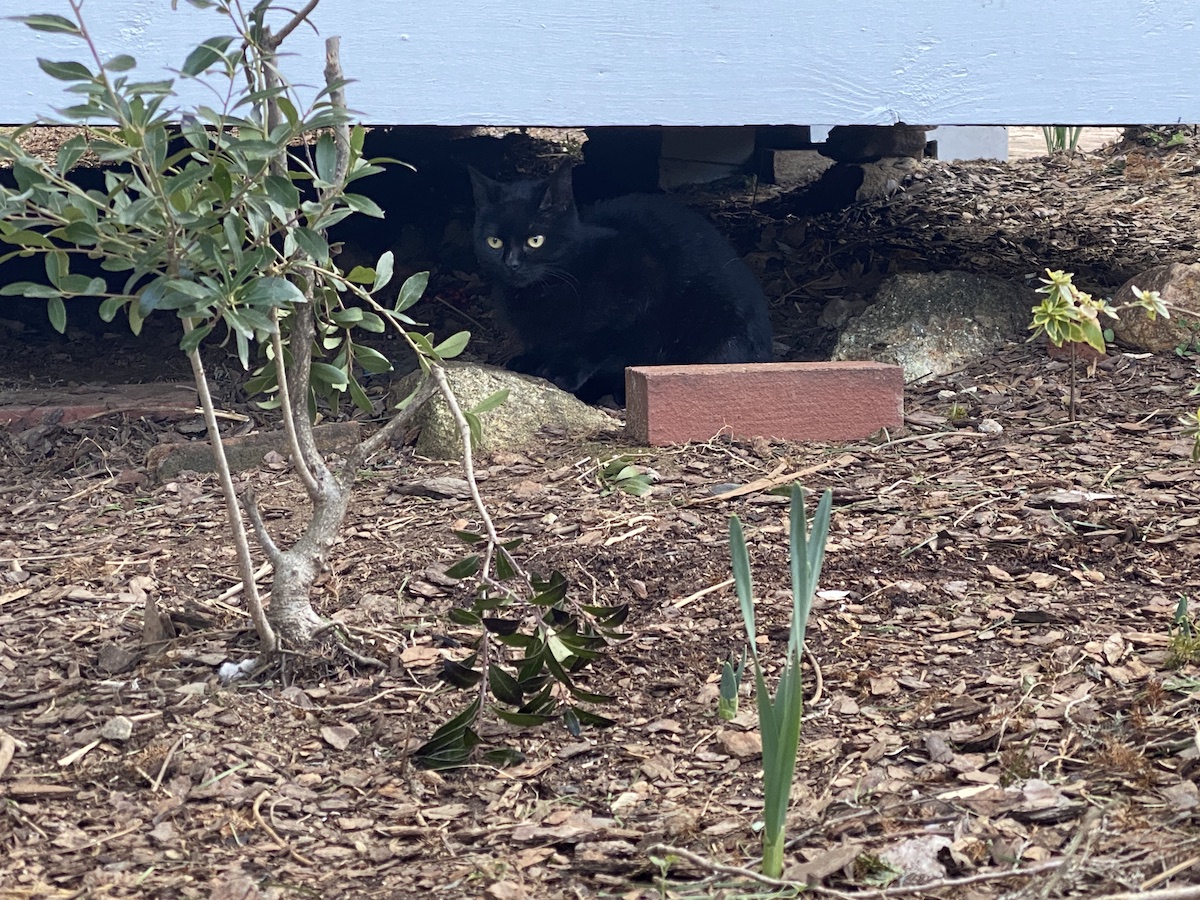
A community effort
Crunkleton says the cats add charm to the welcome center and gardens, and that people in the community care for them too, donating food, and even making some of the ferals barn cats.
The colony living at the gardens are all fixed through a trap-and-release community effort conducted by the Mauldin House staff, Downtown Grooming and the Habersham Humane Society.
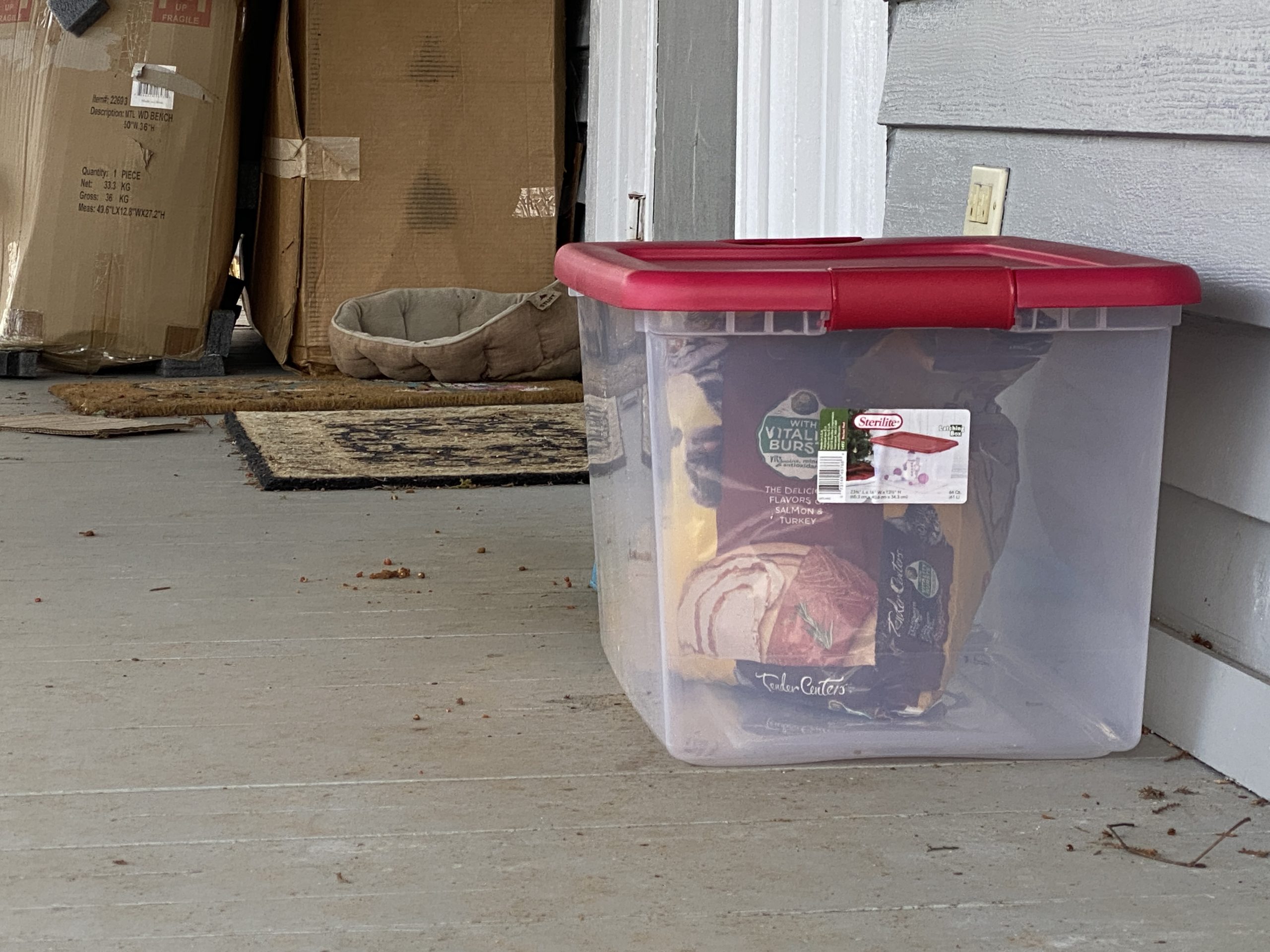
Trap-and-release allows feral cats to keep living their lives with their colony families, while still spaying and neutering those cats so they don’t produce more unwanted kittens in their community. It helps with population control and keeps homeless animals out of animal shelters, and from being neglected.
Lizzy Johnson, owner of Downtown Grooming in Clarkesville, has helped lead the trap and release initiative for the feral cats living at the Mauldin House with the help of the Habersham Humane Society. Johnson set up traps at the house about a year ago with fishy cat food with a friend who had experience with trap-and-release in Atlanta. Within a day, they’d caught two cats, and would go on to catch at least five more.
After they’d caught the cats, they had them fixed at a local vet with the financial help of the humane society, and then returned them to their colony at the Mauldin house.
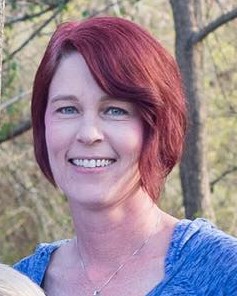
“I’ve always done cat rescue in some way,” Johnson said. During the last two years where she worked with the humane society at the local Clarkesville pet store, she estimates she helped adopt out over 250 cats. “Once I moved to a grooming place, I knew I couldn’t do adoptions anymore in the same capacity.”
She said the five years she worked in animal rescue were stressful and heartbreaking, but she thought the next place she could help was through trap-and-release.
The silver lining
While the cats are feral, and for the most part uninterested in humans, Johnson says that she thinks the ferals population is a testament to how poorly animals are cared for in Habersham.
“I have a feeling they’re being dumped there,” she says of how the colony continues to see growth every now and again, despite their trap-and-release efforts. “I just think it’s a really sad representation of how pitiful people are.”
She says the least the community can do is to spay and neuter their animals so that the cycle doesn’t continue.
“The best solution is to spay them and neuter them, at the bare minimum,” Johnson says. “Let them live outside, and at least that way they’re not reproducing. If you can’t keep them as pets and keep them inside, at least spay and neuter.”
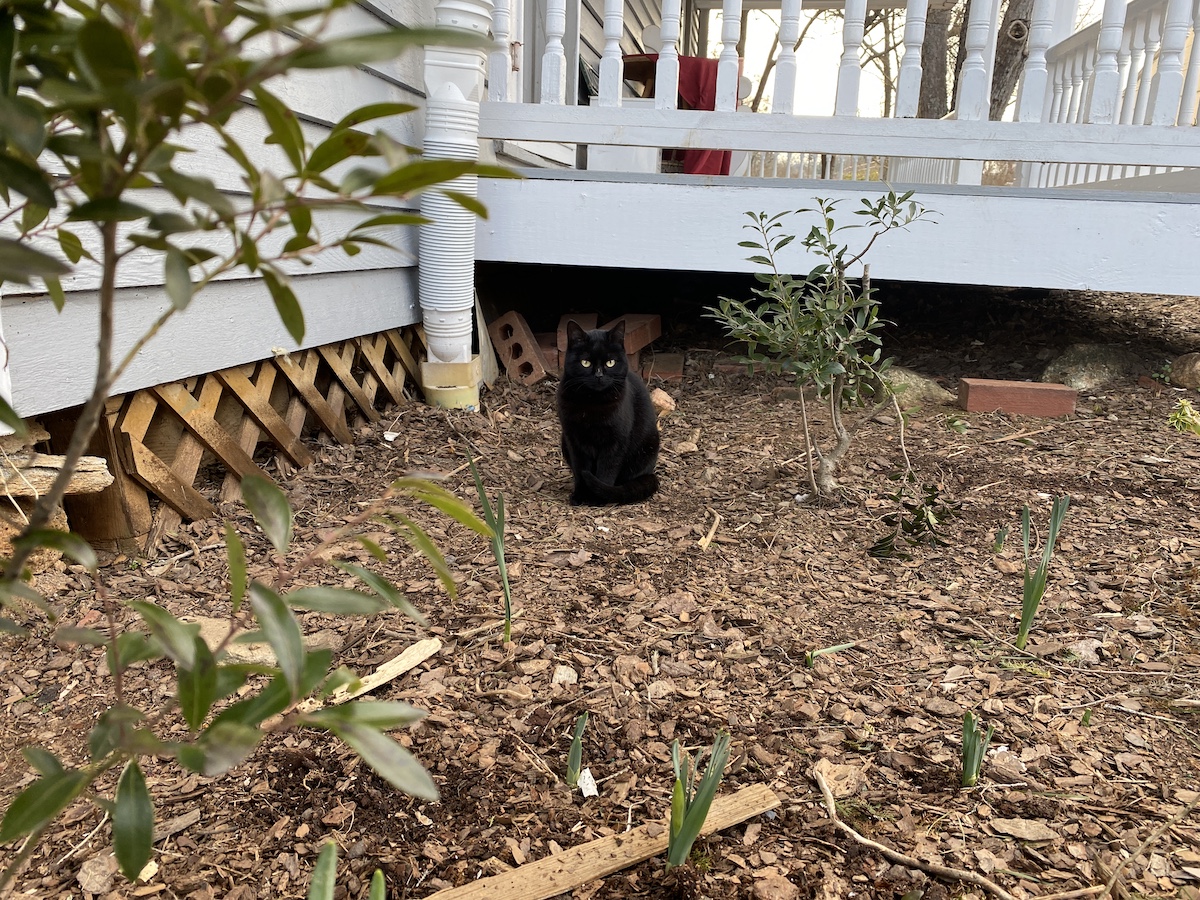
But the silver lining is that these dumped cats have had a chance to find love in a feral colony— even though they would have lived longer lives in a home. And for the Mauldin House’s “little friend” and his siblings, there’s a chance for a safer, warmer future for them.
But for now, he and his siblings will keep playing in the gardens with their colony, chasing down mice, and enjoying the little sanctuary they call home at the Mauldin House.


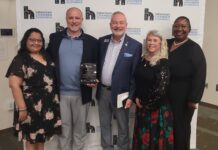
![Price to Play: Giving all children access to play [PODCAST]](https://nowhabersham.com/wp-content/uploads/2026/02/Emily-Herrin-and-Price-218x150.jpg)

